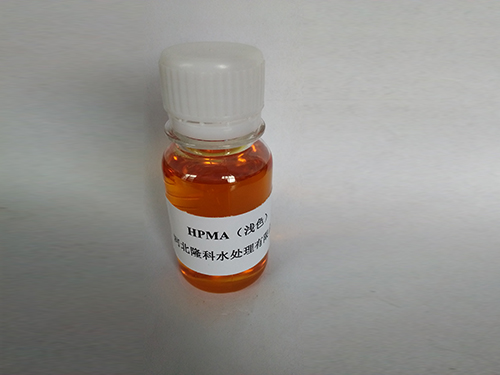Exploring Various Types of Flocculants for Enhanced Water Treatment Solutions
Different Types of Flocculants Enhancing Water Treatment Efficiency
Flocculants play a vital role in water and wastewater treatment processes. They are substances that promote the clumping or agglomeration of particles in suspension, allowing them to settle more rapidly. This process, known as flocculation, improves the efficiency of filtration and sedimentation, making it essential in various industries, including municipal water treatment, mining, and paper manufacturing. Understanding the different types of flocculants is crucial for selecting the appropriate one for specific applications.
1. Natural Flocculants
Natural flocculants are derived from organic materials, such as plants and microorganisms. One of the most common natural flocculants is starch, which can be modified to enhance its flocculating properties. Another well-known natural flocculant is chitosan, obtained from chitin found in crustacean shells. Chitosan is biodegradable and non-toxic, making it an environmentally friendly choice. Additionally, natural materials like mucilage from certain plants, alginate from seaweed, and various proteins can also function as effective flocculants. These natural options are particularly beneficial in treating drinking water and wastewater, as they tend to have minimal ecological impact.
Synthetic flocculants are man-made polymers designed to provide efficient flocculation in various applications. They are typically categorized based on their charge anionic, cationic, or nonionic.
- Anionic Flocculants These flocculants carry a negative charge and are effective in binding positively charged particles, making them suitable for treating turbid waters containing suspended solids.
- Cationic Flocculants Carrying a positive charge, cationic flocculants are excellent for removing negatively charged particles. They are commonly used in municipal and industrial wastewater treatment, particularly for removing organic matter and residual contaminants.
different types of flocculants

- Nonionic Flocculants These do not carry any charge and work well in a broad range of pH levels. They are often employed in systems where neither anionic nor cationic flocculants are effective.
3. Inorganic Flocculants
Inorganic flocculants, such as aluminum sulfate (alum) and ferric chloride, have been widely used for decades. These compounds can neutralize charges on suspended particles, promoting agglomeration and subsequent settling. Despite their effectiveness, inorganic flocculants can have disadvantages, such as the potential for harmful residual byproducts and the need for careful pH control. Nevertheless, they remain popular due to their low cost and ease of use.
4. Biopolymers
Biopolymers, which encompass both natural and modified polymers, have gained attention as a sustainable alternative to traditional flocculants. Their ability to enhance sedimentation without introducing harmful chemicals makes them a favorable option, especially in eco-sensitive applications. Biopolymers can effectively bind particles and reduce the overall environmental footprint of water treatment.
Conclusion
Selecting the appropriate flocculant is crucial for optimizing water treatment processes. Each type—natural, synthetic, inorganic, or biopolymer—has its own set of advantages and applications, depending on the specific characteristics of the water being treated. As industries continue to emphasize sustainability and environmental responsibility, the demand for effective, eco-friendly flocculants is likely to grow, paving the way for innovations in this essential field. Understanding the differences among the various types of flocculants allows for improved efficiency and effectiveness in achieving cleaner and safer water sources.
-
Water Treatment with Flocculant Water TreatmentNewsJun.12,2025
-
Polymaleic AnhydrideNewsJun.12,2025
-
Polyaspartic AcidNewsJun.12,2025
-
Enhance Industrial Processes with IsothiazolinonesNewsJun.12,2025
-
Enhance Industrial Processes with PBTCA SolutionsNewsJun.12,2025
-
Dodecyldimethylbenzylammonium Chloride SolutionsNewsJun.12,2025





